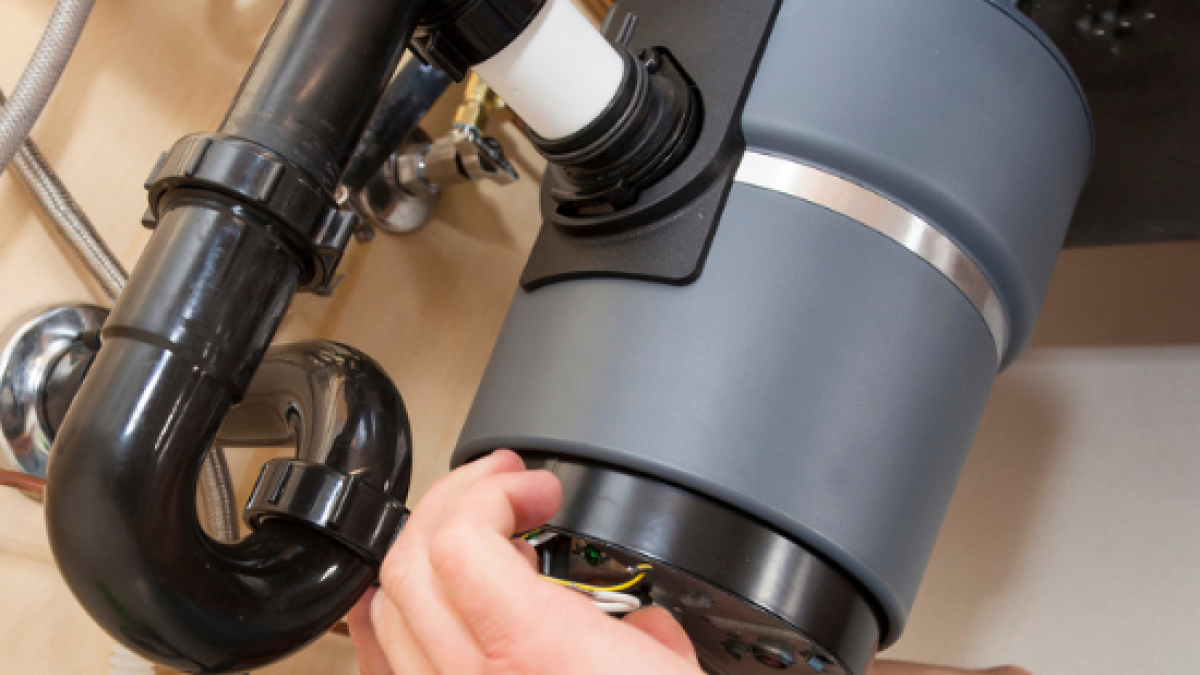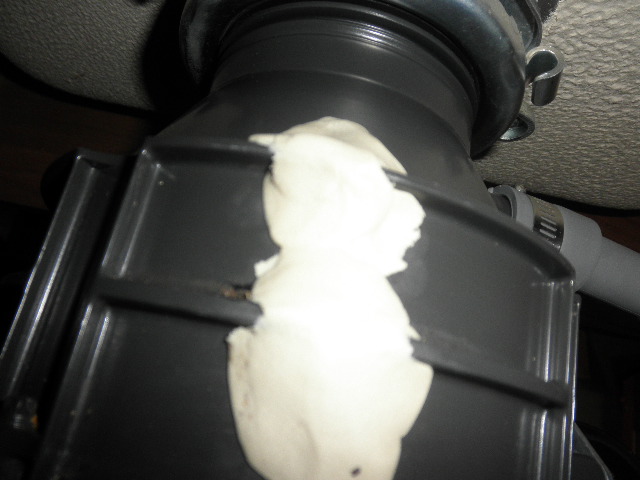Proven Ways to Fix a Leaking Waste Disposal Unit
Proven Ways to Fix a Leaking Waste Disposal Unit
Blog Article
Almost everyone will have their own unique rationale in relation to How to fix a pretty consistent leak from my garbage disposal.

Waste disposal unit are essential kitchen area appliances that assist in getting rid of food waste effectively. Nevertheless, a leaking garbage disposal can be an aggravating and unpleasant trouble to manage. Luckily, many leakages can be repaired easily with a couple of easy steps. In this short article, we will go over how to take care of a leaking waste disposal unit effectively.
Introduction
Waste disposal unit are mounted under kitchen area sinks and are created to shred food waste into smaller pieces, allowing it to travel through the pipes system quickly. While these tools are normally trusted, leakages can occur with time due to damage, loose connections, or damage to the system.
Step-by-Step Guide to Dealing With a Dripping Garbage Disposal
Shut off the Power
Prior to trying any type of repairs, make sure that the power to the waste disposal unit system is turned off to avoid the risk of electrical shock.
Situate the Leakage
Identify the precise place of the leakage and establish the reason
Tighten up Links
Use a wrench to tighten any loose connections in between the disposal device and the plumbing system.
Change Seals or Gaskets
If the leakage is due to used seals or gaskets, get rid of the old elements and change them with new ones.
Patching Splits or Holes
For fractures or openings in the disposal device, use epoxy or a suitable patching material to secure the damaged location.
Identifying the Resource of the Leakage
Prior to trying to repair a leaking waste disposal unit, it is essential to recognize the resource of the leak. This can normally be done through visual evaluation or by carrying out straightforward tests.
Visual Assessment
Check the garbage disposal unit thoroughly for any type of signs of water leakage. Pay very close attention to locations around seals, gaskets, and link points.
Testing for Leaks
One means to evaluate for leakages is by running water via the disposal unit and checking for any noticeable indications of leakage.
Common Root Causes Of Leaks in Waste Disposals
Worn Seals and Gaskets
Seals and gaskets play an essential role in protecting against water from dripping out of the waste disposal unit. With time, these elements can degrade, resulting in leaks around the disposal system.
Loose Links
The links in between the waste disposal unit and the plumbing system can come to be loosened gradually, causing water to leak out throughout procedure.
Cracks or Openings in the Disposal Unit
Physical damage to the waste disposal unit, such as fractures or holes in the real estate, can also result in leakages.
Tools and Materials Needed for Taking Care Of a Leaking Garbage Disposal
Before beginning the repair work process, gather the required devices and materials, including a screwdriver, flexible wrench, plumbing technician's putty, replacement seals or gaskets, and epoxy or patching material for fixing splits or holes.
Testing the Waste Disposal Unit After Repair Service
Once the repair service is total, examine the garbage disposal by running water via it to guarantee that the leakage has been dealt with.
Preventive Upkeep Tips to Stay Clear Of Future Leaks
To stop future leaks, it is essential to execute routine maintenance on your waste disposal unit. This consists of maintaining it tidy, preventing placing non-food items or difficult objects down the disposal, and regularly looking for leaks or other concerns.
Final thought
To conclude, fixing a leaking waste disposal unit is a reasonably straightforward procedure that can be finished with fundamental tools and materials. By complying with the actions laid out in this short article and exercising preventive upkeep, you can maintain your waste disposal unit in good working problem and prevent costly fixings in the future.
What to Do About a Leaking Garbage Disposal
A leaking garbage disposal often goes unnoticed until you confront a sopping cabinet, a foul-smelling puddle, or an audible drip-drip-drip from the unit. The fix can be frustrating, too, because the leak can stem from a number of components in the system. Fortunately, with a little sleuthing, you can zero in on the leak and—depending on the exact location—stop the icky oozing and repair the component that caused it. Worst case scenario, if it turns out that the garbage disposal must be replaced, installing a new one is a reasonable do-it-yourself task for those with basic plumbing skills. Read on to keep the cash you’d otherwise hand over to a pro.
Prepare to find the leak
Prior to testing the garbage disposal for leaks, unplug it at the wall outlet and turn off the power from the breaker box to prevent electrical shock. Then insert a watertight sink stopper into your sink drain and wipe the unit dry with a clean cloth. In any handy container, mix a few drops of food coloring into a few cups of water, and pour the dyed water onto the sink stopper to help you locate the leak.
Investigate the source
the top, where the disposal meets the sink drain the side, where the dishwasher hose or main drain pipe connects to the disposal or the bottom of the unit Inspect each of these locations while gliding a light-colored rag over the unit; the dyed water will readily show on the rag and reveal the location of the leak. If a leak isn’t immediately apparent, remove the sink stopper and pour a few more cups of dyed water down the sink drain, then check for leaks again. Leaks near the top of the unit are more likely to show themselves while the sink is plugged, while side and bottom leaks are more noticeable while the sink is unplugged.
The metal sink flange that sits directly inside the sink drain is typically sealed around the top with plumber’s putty (a clay-like sealant) and then secured from under the sink with bolts. If the plumber’s putty deteriorates, or the bolts loosen, the flange can no longer form a watertight seal between the sink drain and the disposal—which could cause a leak at the top of the unit.
To reseal the leaky flange, you must first detach the garbage disposal. Start by loosening the screws securing the main drain pipe to the disposal, then loosen the screws in the metal clamp securing the dishwasher hose to the disposal and detach the drain pipe and dishwasher hose from the disposal. Loosen the screws in the mounting ring that connects the disposal to the metal mounting assembly beneath the sink, then pull down the disposal and carefully set it on a clean, dry surface. Loosen the bolts in the mounting assembly with a wrench, then pull down the mounting assembly and set it near the disposal.

As a serious reader on Why Is , I imagined sharing that segment was worth the trouble. Sharing is nice. Helping others is fun. I treasure reading our article about The Handy Guide To Fixing Your Garbage Disposal Leaking.
Call Today Report this page